The quotes are harvested from the lyrics of songs – the selected Challenge Cards lyrics, in my opinion, are related to group development topics. For example, No one else can speak the words on your lips, from Natasha Bedingfield, or Catch me if I try, from David Wilcox. (You can get your FREE copy of the first set of Liner Quotes: Challenge Cards by signing up with me at FUNdoing.com [Join the FUN form to the right] NOTE: If you’ve signed up with me and didn’t get your free Challenge Cards, let me know and I’ll get it to you right away.)
Liner Quotes: Growth Cards (Green Set, 1) are the second set of Liner Quotes. I collected these lyrics specifically for facilitators (and participants) involved in counseling and other “growth” and “intervention” settings. However, I’m sure this growth set can be used in general settings as well. Here are some examples from this second set:
- “If it’s a broken part, replace it,” from Jason Mraz
- “Let’s write an ending that fits,” from Nickleback
- “Until you crash, what have you done,” from Five For Fighting
There are 32 cards ready for you to download (below) and use right away. The download includes more specific directions and presentation ideas.
Let me know how they work out for you. If you have some “Liner Quotes” from some of your favorite songs, send them my way so I can add them to a future set of Challenge Cards or Growth Cards.
| linerquotes_growthcards_set1.pdf |
Chris Cavert, Ed.D.

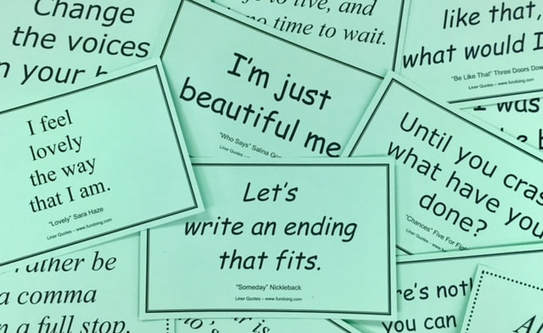
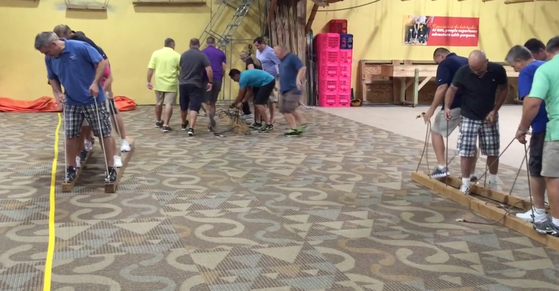
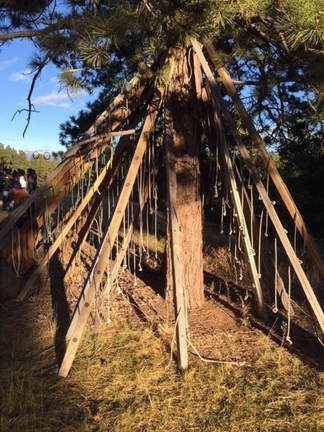
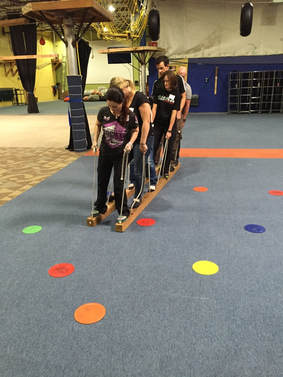
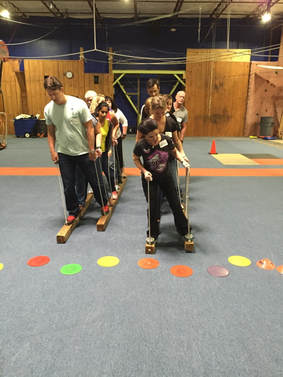
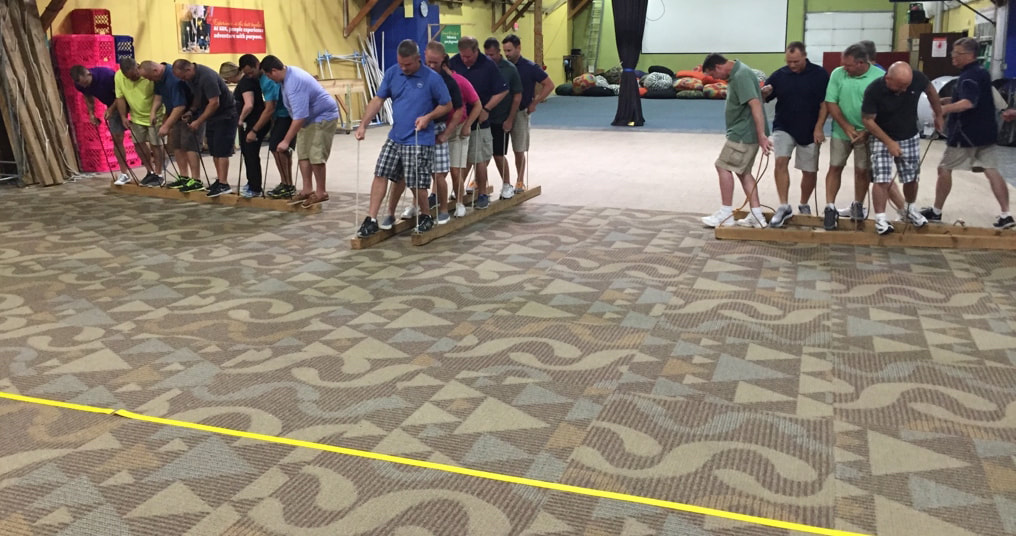






 RSS Feed
RSS Feed